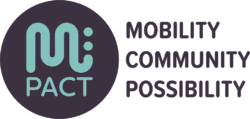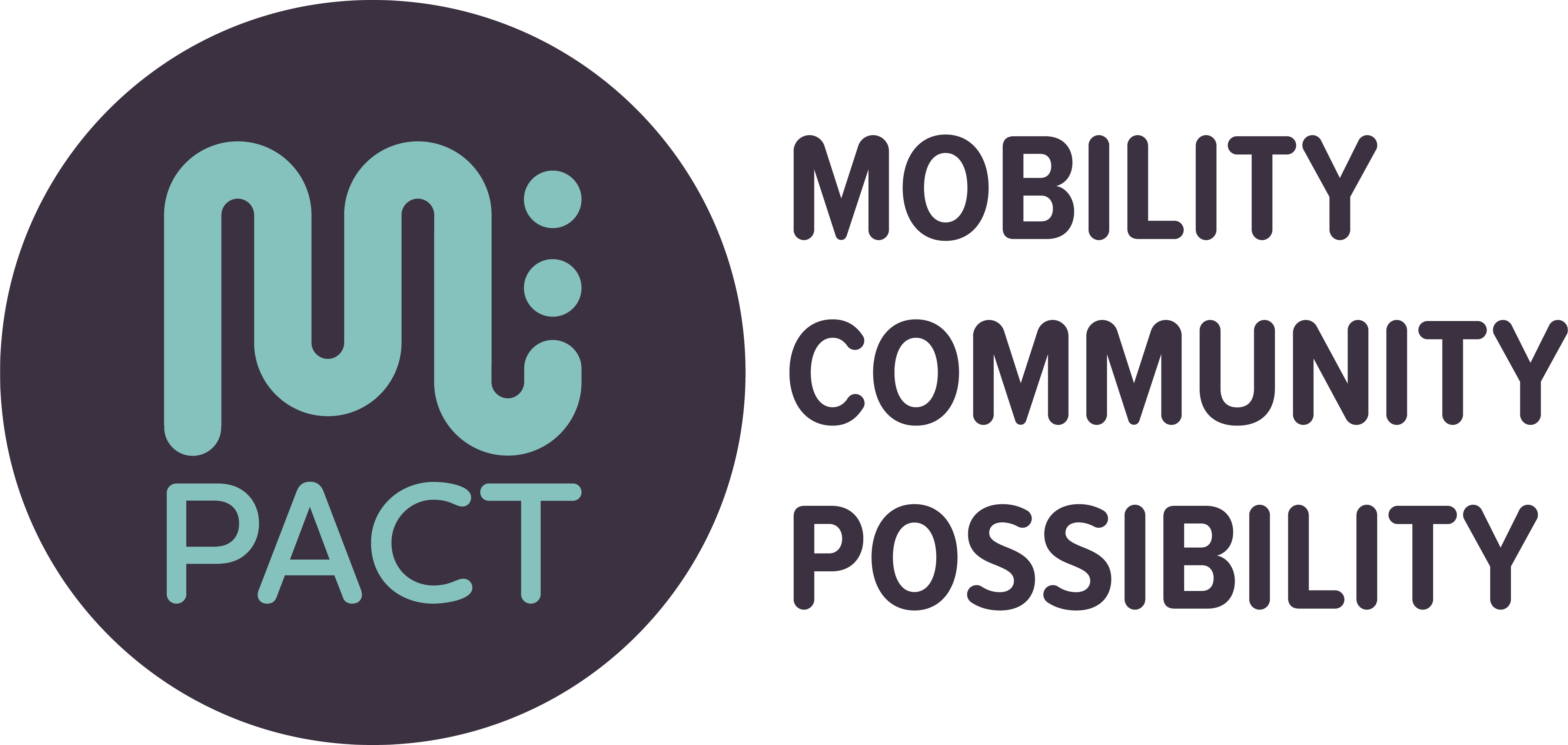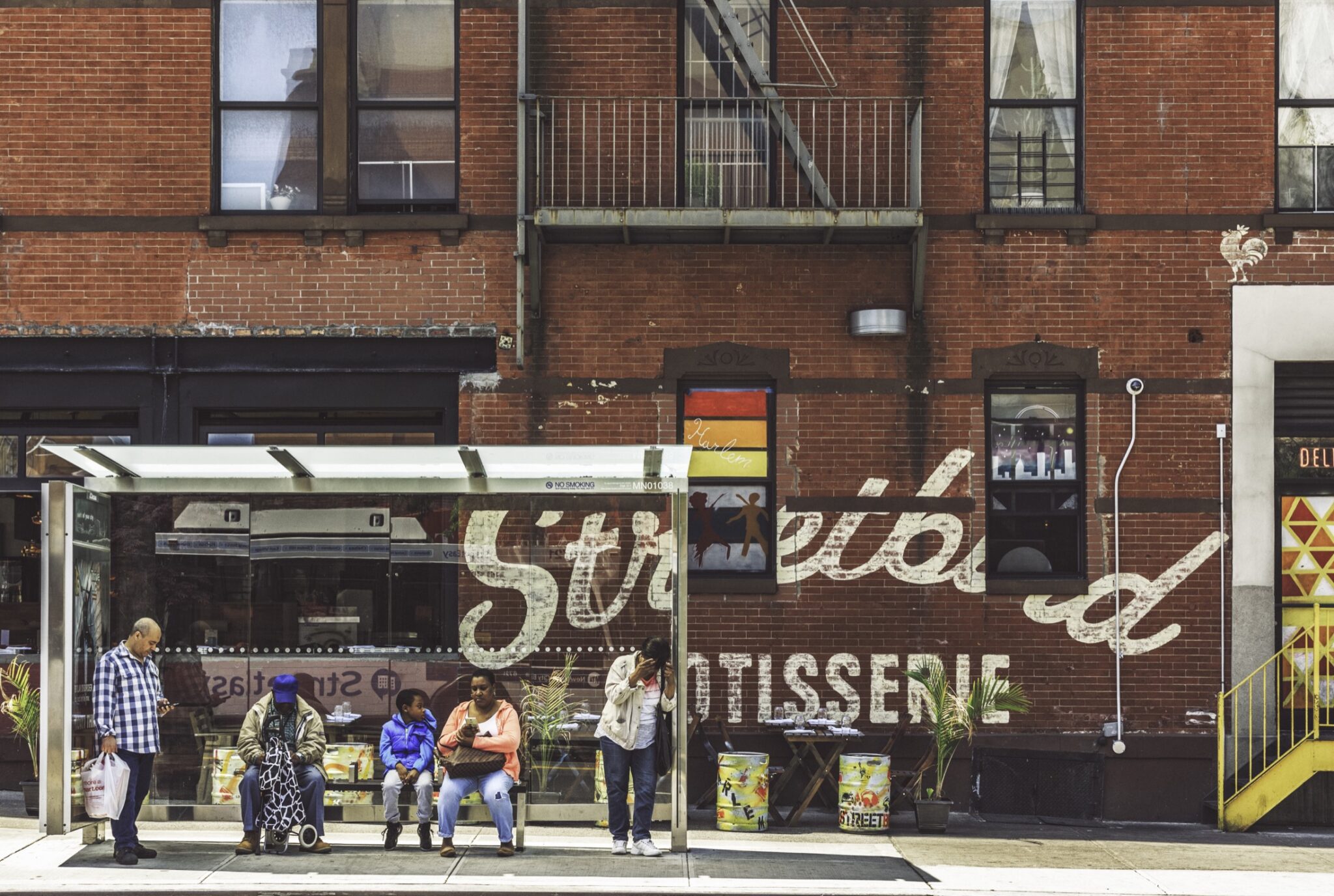The 2024 Mpact Transit + Community Conference is October 20-23 in Philadelphia, PA.
Join our mailing list for the latest information.

Mpact Transit + Community 2023, Phoenix, AZ
Guide to Mpact Transit + Community Phoenix Browse the guide to get a sense of the conference flow and the array of sessions, plenaries and networking events.
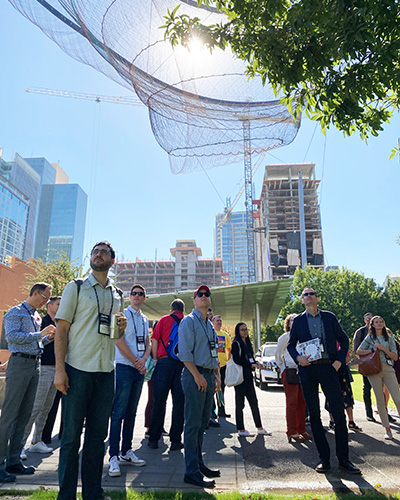
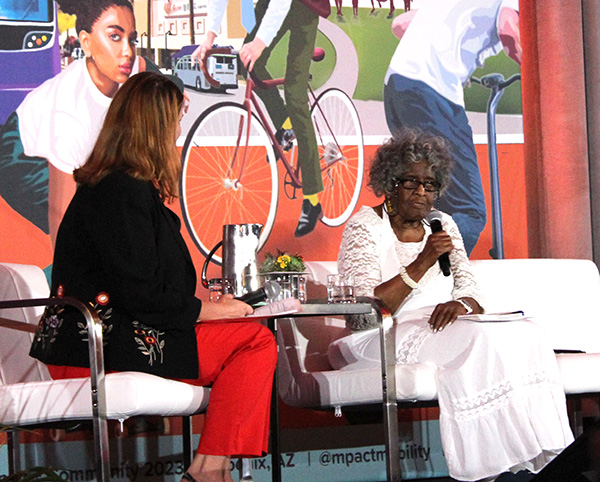
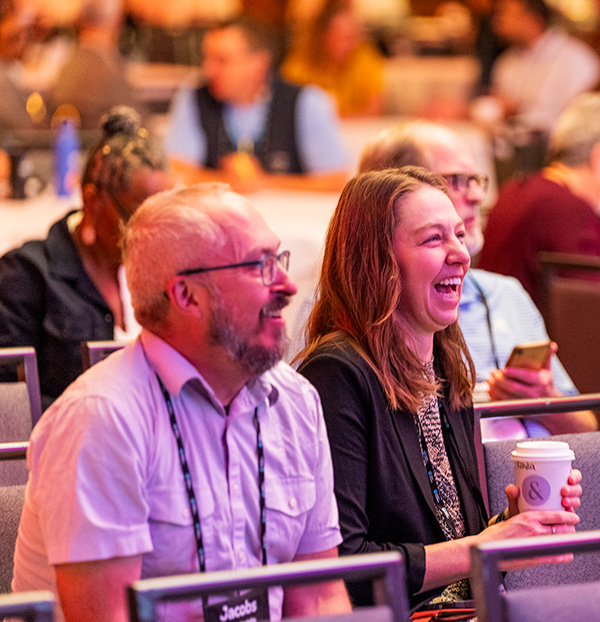
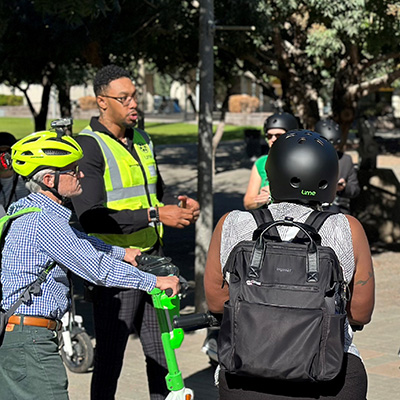
2023 Session Videos
For more videos, see our YouTube Playlist from the 2023 Conference, including videos from Plenary sessions and of PK Slam presentations in the style of PechaKucha™.
Conference Session
Making the Case for Transit from an Economic Development Lens
Moderator: Debbie Frank, Director of Transit Oriented Development, Office of TOD and Real Estate, Metropolitan Atlanta Rapid Transit Authority (MARTA), Atlanta, GA
Michael Krantz, PE, LEED AP-ND, Senior Manager, TOD, Metro Transit, Minneapolis, MN
Alison Nemirow, Principal, Sustainable Economics, AECOM
Frank White III, Chief Executive Officer, Kansas City Area Transportation Authority, Kansas City, MO
Conference Session
The Never Ending Importance of a Story Told Well
Moderator: Kim Pallari, Vice President, Strategic Communications, HDR, Sacramento, CA
Jerome Gray, Executive Vice President & Chief Communications Officer, Metropolitan Transit Authority of Harris County (METRO), Houston, TX
Tara Jones, Communications Manager, AECOM, Atlanta, GA
Mary Jo Pitzl, Reporter, The Arizona Republic, Phoenix, AZ
Conference Session
Pushing the Joint Development Envelope: Jurisdictional Partnerships
Moderator: Al Raine, PhD, Vice President and National Practice Leader, AECOM, Boston, MA
Shannon Price, Executive Director of Integrated Development, British Columbia Ministry of Transportation and Infrastructure, Vancouver, BC
Jack Wierzenski, AICP, Director, Economic Development, Dallas Area Rapid Transit (DART), Dallas, TX
Sherri Ziller, President and Chief Executive Officer, Northwest Indiana Regional Development Authority, Crown Point, IN
Posts and Podcasts about Phoenix and the Valley of the Sun
- Mpact Podcast Episode 71: Developing with Creativity, with Tim Sprague, Principal, Habitat Metro - LISTEN
- Mpact Podcast Episodes 69 & 70: Do It for the Neighborhood, a conversation with David Longoria, LISC Phoenix, and Ryan Winkle, RAIL CDC - LISTEN
- Mpact Podcast Episode 56 : Inside the Phoenix TOD Community Plan, a conversation with Elias Valencia, a planner with the City of Phoenix, and Victor Vidales, a local resident and business owner - LISTEN
- Supporting Diversity at MpactPHX - blog post
- Canals in Phoenix: Past and Present - blog post
- The Making of Tempe Town Lake - blog post
- Artwork for Mpact Transit + Community Phoenix - blog post
- Facts about Phoenix and the Valley of the Sun - blog post
- Go Green at Mpact Transit + Community - blog post

Rail~Volution 2022 Miami, Florida
Tamika Butler
Community-Centered Transit
Plenary Discussion
Homelessness and Public Transportation
Conference Session
Centering Community Partners in Decisions, Design and Development
Conference Session
Equitable TOD Strategies
PK Slam
Corrie Parrish: Multimodal Lessons Learned from a Family History of Heart Disease

Browse videos from past conferences
Click on the title to see video in viewer.
-
Rail~Volution 2020 — Graphic Recording of Keynote with Dr. Ibram X. Kendi
-
Rail~Volution 2019 — G.B. Arrington: 25 Years of Rail~Volution
-
Rail~Volution 2019 — Architects! Who Needs 'Em – PK Slam
-
Rail~Volution 2018 — Bringing Community In (plenary excerpt)
-
Rail~Volution 2018 — I’m Breaking Up with TOD – PK Slam
-
Rail~Volution 2017 Kicks Off!
-
Rail~Volution 2017 — Maurice Jones: Mayors are Conductors (plenary excerpt)
-
Rail~Volution 2016 — Dr. Tony Iton: Why Place Matters in Health
Rail~Volution 2020 — Graphic Recording of Keynote with Dr. Ibram X. Kendi
Rail~Volution 2019 — G.B. Arrington: 25 Years of Rail~Volution
Rail~Volution 2019 — Architects! Who Needs 'Em – PK Slam
Rail~Volution 2018 — Bringing Community In (plenary excerpt)
Rail~Volution 2018 — I’m Breaking Up with TOD – PK Slam
Rail~Volution 2017 Kicks Off!
Rail~Volution 2017 — Maurice Jones: Mayors are Conductors (plenary excerpt)
Rail~Volution 2016 — Dr. Tony Iton: Why Place Matters in Health

More past conference guides or programs
Self-guided Tours from past conferences
Rail~Volution Denver 2017
Annual Conference Locations
From 1996 to 2022, the conference was called Rail~Volution.
Starting in 2023, it's Mpact Transit + Community.
- Phoenix 2023
- Miami 2022
- Virtual 2021
- Virtual 2020
- Vancouver, BC 2019
- Pittsburgh 2018
- Denver 2017
- San Francisco 2016
- Dallas 2015
- Minneapolis 2014
- Seattle 2013
- Los Angeles 2012
- Washington DC 2011
- Portland 2010
- Boston 2009
- San Francisco 2008
- Miami 2007
- Chicago 2006
- Salt Lake City 2005
- Los Angeles 2004
- Atlanta 2003
- Washington DC 2002
- San Francisco 2001
- Denver 2000
- Dallas 1999
- Portland 1998
- St. Louis 1997
- Washington DC 1996
- Portland 1996

